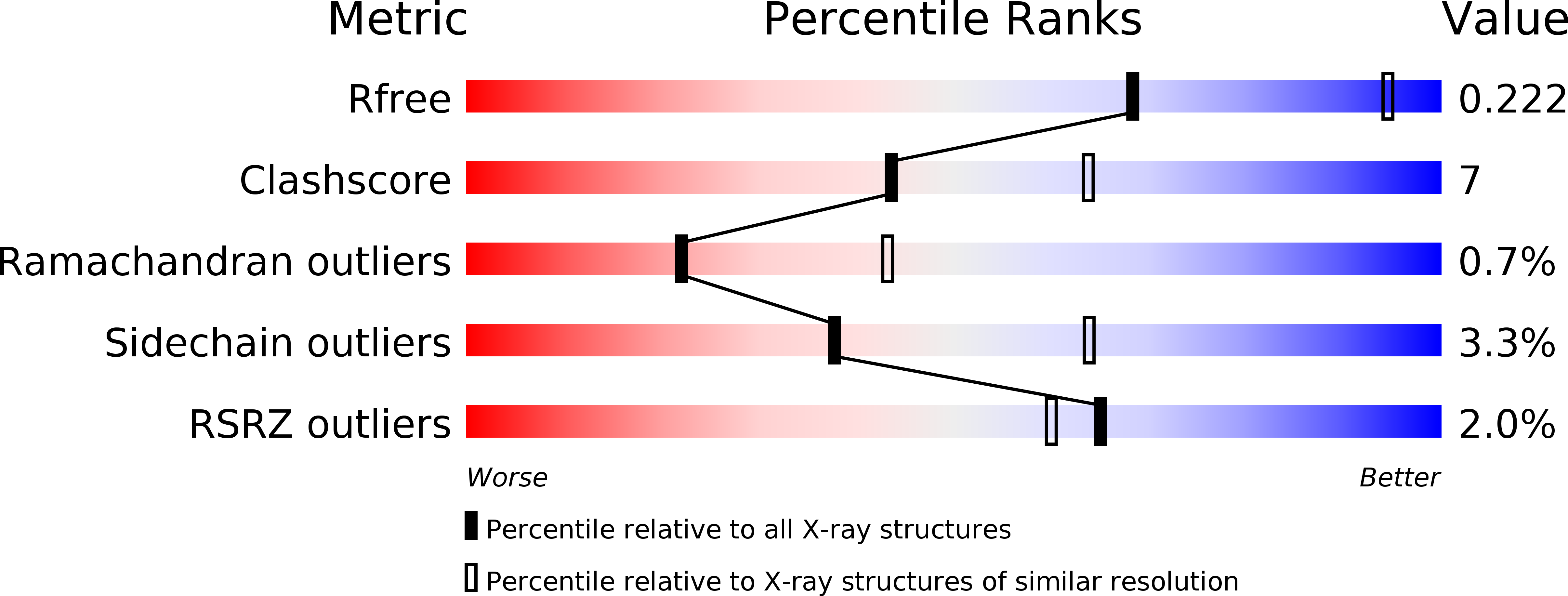
Deposition Date
2012-12-31
Release Date
2014-01-01
Last Version Date
2024-10-30
Entry Detail
PDB ID:
4ILQ
Keywords:
Title:
2.60A resolution structure of CT771 from Chlamydia trachomatis
Biological Source:
Source Organism:
Chlamydia trachomatis (Taxon ID: 471472)
Host Organism:
Method Details:
Experimental Method:
Resolution:
2.60 Å
R-Value Free:
0.21
R-Value Work:
0.19
R-Value Observed:
0.19
Space Group:
P 65 2 2


